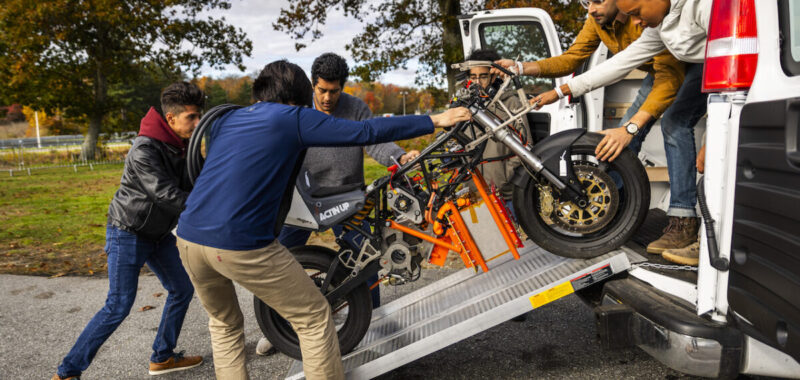Electrifying the two-wheeler (2W) segment offers a significant opportunity to decarbonise a vital form of urban mobility for some regions. In 2022, Asia-Pacific commanded more than 78% of the rapidly expanding US$70bn global market, according to Global Market Insight. By 2032, it estimates this value will increase to US$122bn, and Asian countries are expected to continue placing 2Ws at the heart of their electrification strategies.
The vast majority of discourse currently centres on battery electric models. Meanwhile, interest in the prospective use of hydrogen is gradually gaining momentum. Japan’s Big Four (Honda, Yamaha, Kawasaki, and Suzuki) stated in 2023 that they are collaborating on a hydrogen-powered internal combustion engine. However, extracting enough power and range from a relatively inefficient system and a motorcycle’s limited fuel storage capacity is challenging. As an alternative, fuel cells could offer a more performative and attractive proposition.
So far, R&D has been limited. Yamaha, Kawasaki, and Suzuki have all announced fuel cell 2W (FC2W) prototypes—the FC-Dii, Ninja H2 HySE, and Burgman fuel cell scooter, respectively—although production versions have yet to be released. If other manufacturers want to explore the space, they face an uphill struggle with little data and few platforms on which to develop.

